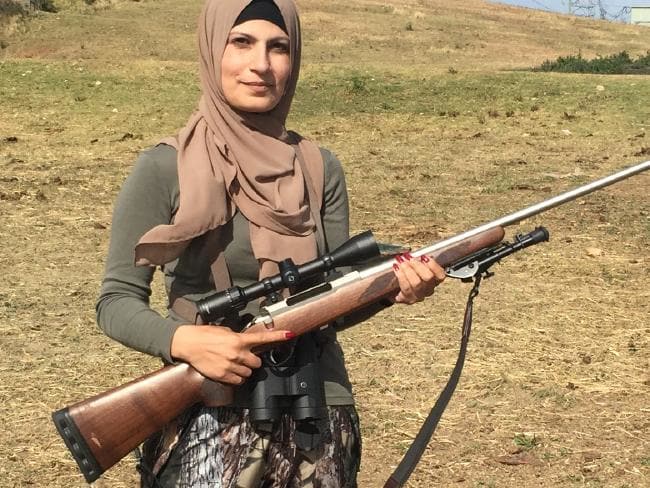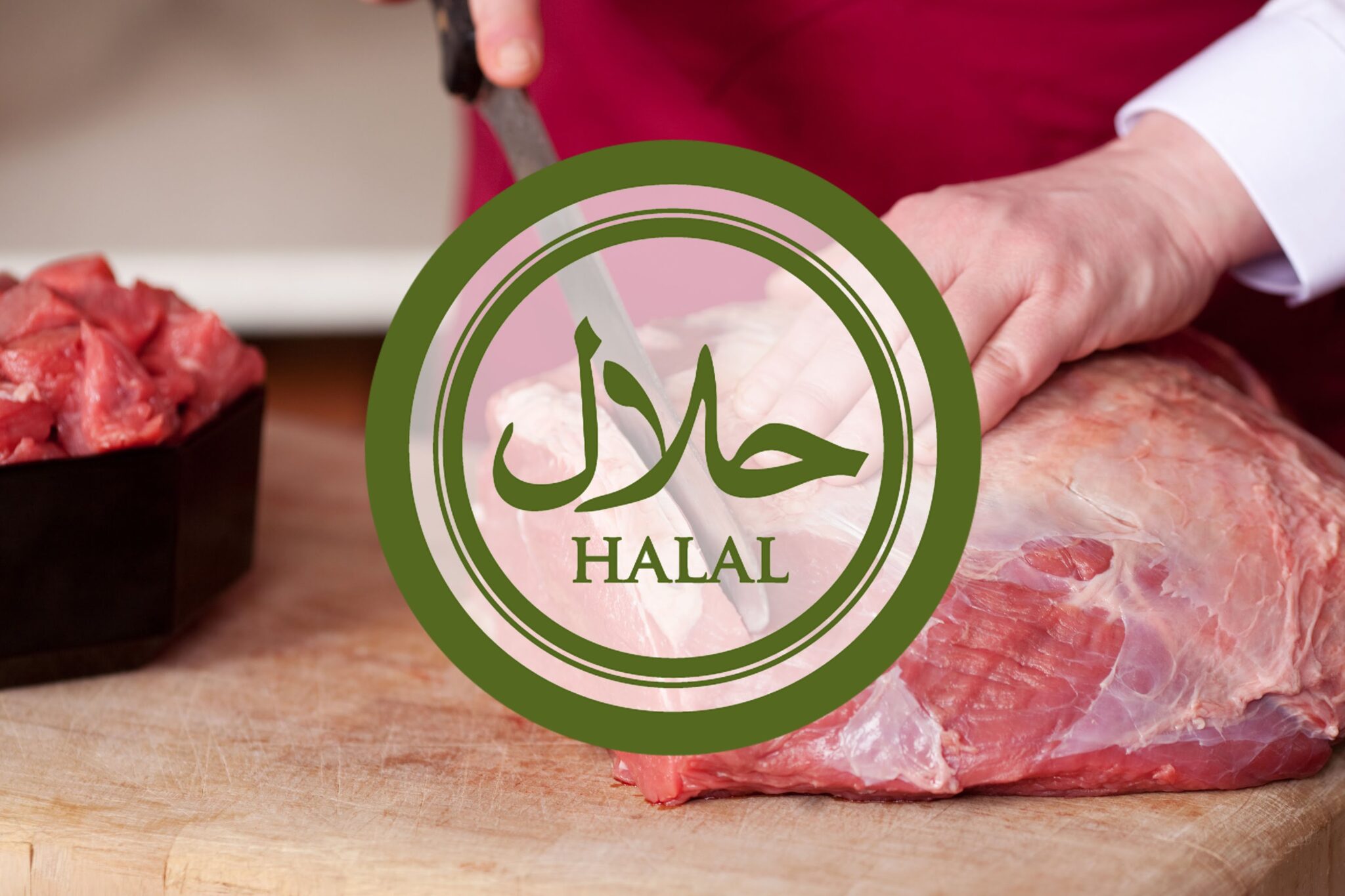What is Halal, anyhow? And what is Haram?
Halal and Haram are permissible and forbidden – a somewhat binary opposition as outlined in the Quran.
Halal is primarily used in relation to Islamic dietary laws, which by all accounts is a set of guidelines that (without belittling it) would have provided some sound, basic food safety regulations in biblical times.
These days, Halal eating is primarily followed as part of a Muslim adherence to the teachings of Islam and stipulates what may or not be eaten, and likely as the method of death, preparation and eating of food.
By contrast, Haram is not to be eaten – the most known Haram food within Islamic Belief (and relative to NZ) being the Pig – no Pork, Ham, Bacon, or any other Swine products are to be consumed. On top of that, many animals are considered Haram and unsuitable to eat until and unless they are killed and prepared according to Islamic Law.
The Main Issue
The main point of contention, having spoken to several people and researched online – is this – some would argue that the animal needs to die via bleeding out. This gets translated into the requirement for slitting the throat as the primary method of death. This does work at the Meat Works – where animals can be stunned and then dispatched – but obviously – in most hunting situations, a game animal will not just stand there and let you do that. In addition, the notion of somehow remotely stunning a Deer, then running up and killing it, starts leaning dangerously close to intentionally wounding an animal so you can dispatch it with a knife.
Under all the requirements, as you read them, you start to see that intent, respect and thanks for the animal you are dispatching is key – so the notion of causing unnecessary pain seems counter.
What is important to understand is that technology has changed since the Quran was revealed. Basically, firearms, like we have now, didn’t exist – so it would have been impossible to account for them.
Use whatever causes blood to flow, and eat the animals if the name of Allah has been mentioned on slaughtering them.
Book 47, Hadith 6
Many of the passages were originally written with a bladed instrument in mind. I.e. a knife. Additionally, the rulings regarding domesticated and wild animals are different to account for some of the practicalities involved.
For example – a domesticated animal is expected to be killed while facing Mecca. Again – not practical whilst hunting in the middle of the bush and dealing with a Wild Animal. Let’s discuss some of the requirements of Halal Hunting.
Methods of Islamic Slaughter
The Islamic slaughtering is achieved in the following three ways [Resolution of Islamic Fiqh Academy, Jeddah, #95 (10/3)]:
- Dabh: slitting the animal’s throat, esophagus and jugular veins. This is the preferred method used in sheep, cows and birds, but could be also used in other animals.
- Nahr: stabbing the animal in the throat (al-manhar) and cutting downward to the top of the chest. This is the preferred method used in the case of camels and other large animals. It could also be used for cattle.
- Aqr: causing a physical wound to an unwieldy animal anywhere in its body, whether a domestic but untamed or wild animal that is permissible for hunting. But if the hunter gets the animal alive then he has to do the dhabh – normal slaughtering.
The Hunter and Intent

Dawood Yasin from Beyond Halal
I have read more than one suggestion that the Hunter needs to be Muslim and an active follower of the faith – of sound mind and a certain age. I have seen references to a Jew or Christian also being acceptable here. Male, Female is no issue.
The intent of the hunt needs to be for consumption primarily. There is no Trophy Hunting as such – but the Antler, Horns, Skin and such may be kept and displayed (the primary intent is important here). A high fence, released as required, obviously bred for Antler Size animals, would be a no-no – but a public animal with a massive rack could still be happily displayed.
The Hunter needs to be hunting legally – so no-poaching and all permits, etc, would need to be applied for (Get your DOC hunting permit over here – https://www.doc.govt.nz/parks-and-recreation/things-to-do/hunting/permits-and-licences/hunting-permit/).
The Animal
He hath forbidden you only carrion, and blood, and swine flesh, and that on which hath been invoked any other name besides Allah’s
Quran Chapter II, Verse 173
Pig is out, and so is Black Pudding. However, regarding hunting, deer, goat (Chamois, Thar), rabbit, and wallaby are all acceptable, but ‘Vermin’ such as rats and potentially possums are out. Most birds are acceptable, with a few exceptions (that aren’t hunted in NZ). Carnivorous animals, as in Predators, both land and air-based, are Haram, as are insects and reptiles. Due to the requirement of the Hunter to follow local law – anything native and protected is prohibited from being hunted, even if not Haram.
The animal needs to be in good health and must also be free to roam – so a lot of this also ties into the Deerstalkers Association’s concept of ‘fair chase’ – snared and trapped animals have to be slaughtered, as they are not considered hunting within a fenced-off area. Much like the Deerstalker’s definition, though – the ‘size’ of the area closed in is not defined. However, most of us would see the obvious difference between a small high-fence paddock and a large game estate where an animal can escape you and not be found again.
The Method
If the game is killed with its sharp edge, eat of it, but if it is killed with its shaft, with a hit by its broad side then the game is (unlawful to eat) for it has been beaten to death.
Book 72, Hadith 1
This here is where some of the confusion seems to come in.
I have spoken to multiple Muslims who would like to be able to hunt and provide some of the best, cleanest meat for their families but are confused if they are only allowed to kill the animal by hand, by slitting it’s through. Anyone who has hunted can appreciate this is not impossible and certainly impractical. The notion of trying to shoot something to ensure it stays alive long enough to be dispatched by hand is unethical and cruel to the animal.
Remember that when the Quran was originally revealed, there were no rifles or modern projectiles. Modern hunting methods could not have been accounted for. However – we also can read:
If the killing tool causes blood to gush out and if Allah’s Name is mentioned, eat (of the slaughtered animal).
Volume 7, Book 67, Number 406
The method of death via the vast majority of gunshot wounds is due to blood loss. The entry and exit wounds and the wound channel between them cause massive and fast blood loss. Modern, expanding projectiles pretty much ensure that.
The ‘poleaxe’ shot – despite many people thinking, is not the animal instantly dying in some mysterious manner – it’s essentially a KO, and the method of the death is still blood loss. A shot to the lungs will incapacitate an animal quickly – but the heart will still pump all the blood out. A heart shot or potentially headshot are the two methods that may still require additional bleeding – but it should be noted that all the Halal requirements can still be met.
Should the animal still be alive when the hunter gets to it, then the animal needs to have its throat slit. This is an ethical, practical step that should be followed by all hunters, regardless of their religious intent.
When taking the shot, the hunter must mention Allah’s Name – this is part of the intent aspect of hunting. It’s thanks to Allah for providing the beast to feed the man. If you think about it, most of us, Muslim or not, do put forward some form of thanks when taking life (if not, maybe think about why it could be a good thing); this is just a formalisation of that process.
Allah’s name is said, the shot is taken, and the animal drops and bleeds out (hopefully on the spot) – then what?

After The Shot
Essentially, at this point, the meat is Halal – however – it needs to be recovered immediately to remain so. If the animal is lost for a day or so and recovered later, it is considered Haram. To this end, carrion and scavenging animals you did not kill is Haram.
If, during the recovery, the animal is found still alive, effort should be made to slit the throat of the animal while its head is facing Mecca (West-South-West for much of New Zealand). This may not be practical or safe all the time. Though it seems it’s primarily the intent that is the key here.
All efforts should be made to recover and utilise as much of the animal as possible – out of respect for the life taken (given) for the hunter’s use.
In Summary
So, we see that hunting for meat and ensuring it is Halal is quite achievable for Muslims in New Zealand (and the rest of the world).
Like many things in life, it’s the intent that matters. Intent and respect.
- Beyond Halal – A Blog of a Muslim Meat Gatherer
- New Muslim Guide – article on hunting
- Islam Question and Answer – on hunting with a rifle
- The Federation of Islamic Associations of New Zealand
Many thanks to Mustafa Farouk and Mufti Amir for helping with feedback and proofing the article.



